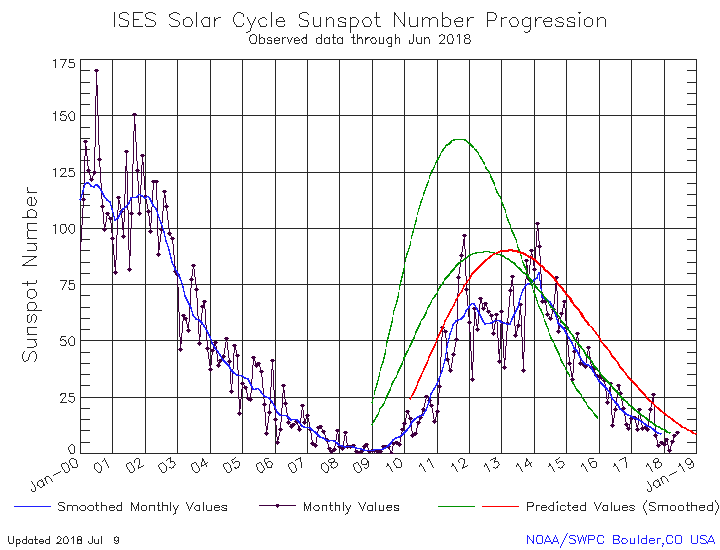The new colonial movement: At a conference in late May a senior designer for China’s space program revealed details of their planned heavy-lift rocket, called the Long March 9 and comparable to SLS, as well as their first reusable rocket, the Long March 8.
The Long March 9 will be a Saturn 5-class super-heavy-lift rocket comparable in capacity to the Space Launch System currently being developed under NASA.
According to Long, the Long March 9 will be capable of lifting 140 metric tons to low Earth orbit, 50 tons to Earth-Moon transfer orbit, and 44 tons to Earth-Mars transfer orbit. The 93-meter-high Long March 9 is expected to have a launch mass of over 4,000 metric tons, producing close to 6,000 tons of thrust.
…Long explained in the lecture that the Long March 8 would be CALT’s first rocket to attempt first stage reusability, which will launch for the first time in 2021.
As previously reported, the Long March 8 is based on the existing Long March rockets, using a core very similar to that of the 3.35-meter-diameter Long March 7, a new-generation medium-lift rocket that had its maiden flight in 2016, with the second stage to be based on the 3-meter-diameter liquid hydrogen-liquid oxygen second stage of the older Long March 3A. The rocket will also use two solid propellant boosters, likely based on the Long March 11.
Long stated that both the first stage and boosters will attempt vertical landing.
At this moment we must take China’s future space plans somewhat seriously. The upper management of their government is packed with former space program managers, all of whom are likely to view space development favorably. They have also done a good job either stealing our ideas and technology and adapting it, or building their own. And they have a somewhat robust economy, much of which has been privatized, that is generating a lot of cash for their government.
We must also remember that though the Chinese are signatories to the Outer Space Treaty, and will not publicly claim any territory they eventually possess on the Moon, Mars, or asteroids, they are likely to privately ignore that treaty and make it very clear to everyone that any territory they possess is theirs, and theirs alone. I also expect them to devise ways to expand that definition of possession to make it as extensive as possible.
The problem we have in competing with them is that our government seems more focused on creating pork instead of affordable and useful rockets. SLS’s design is cumbersome, expensive, and inefficient. It can’t fly often enough to accomplish much. And though private options that are more efficient and practical are now being built, the federal government seems very uninterested in buying them.






